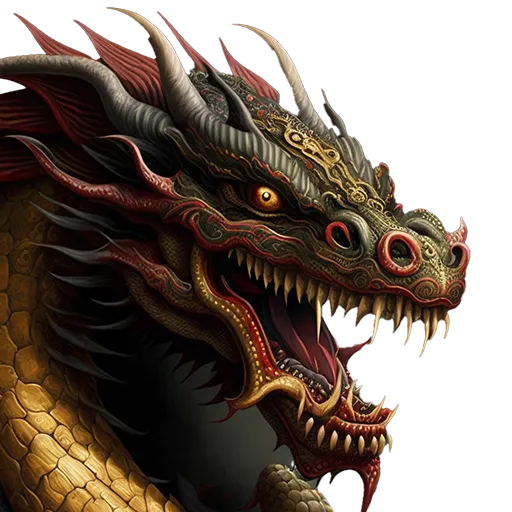Introduction to Breathing Methods in Qigong
There are many types of Qigong, also written as Qi Gong or Chi Kung. Some types require bodily movements and others are static. Regardless of method, all Qigong practice incorporates breathing techniques.
What are Breathing Methods in Qigong?
There are three types of breathing methods in Qigong: Natural Breathing, Abdominal Breathing, and Reverse Breathing.
Since Qigong practice is demanding, a student should first focus on Natural Breathing, which is the way you breathe normally. Since you will not have to pay special attention to the breath, this will allow you to focus on the requirements of practice. Here are some fundamental guidelines:
1 – Keep your head erect and relax your shoulders.
2 – Be conscious of your breath and mentally guide each inhalation and exhalation.
3 – Make your breath smooth and even.
4 – Count your breath cycles as a way to focus your attention on the work at hand. (One inhalation and one exhalation make a complete cycle.)
After practicing Natural Breathing for a while, you may progress to Abdominal Breathing, which requires greater effort and more dynamic breathing. Abdominal Breathing is built upon some of the fundamentals practiced during Natural Breathing. Here are additional guidelines:
1 – Shift your attention to the Dantien. This is the region below your belly button that comprises the abdominal cavity.
2 – Keep your shoulders relaxed and inhale deeply. This will cause your abdominal wall to expand.
3 – Exhale slowly and allow your abdominal cavity to draw inward.
4 – You may incorporate the breath count once you become comfortable with Abdominal Breathing practice.
The third type of breathing is Reverse Breathing. This method is more demanding and is advocated in some methods of Qigong and in the Neijia, the Internal Styles of Chinese Martial Arts. Generally, Reverse Breathing is the reverse of the Abdominal Breathing described above. This method is best practiced under the guidance of an experienced teacher as there are many intricacies that cannot be easily explained in this brief introduction.
All breathing methods require attentive concentration on your inhalation and exhalation. Progress only comes with daily practice. Getting started is easy; persevering requires discipline.
